Citizen science: Conserving nature and communities for mutual benefit
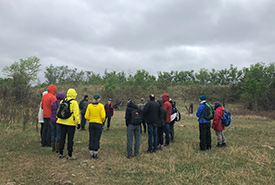
Twenty-four people came out to NCC's Dundurn property in Saskatchewan to learn about citizen science and land conservation. (Photo by NCC)
If you see a group of hikers with their eyes glued to their phones, do not despair. They are likely just using the citizen science app iNaturalist to identify species; you can literally smell the roses and then use an app to find out what kind of...
Travel back to the Carboniferous
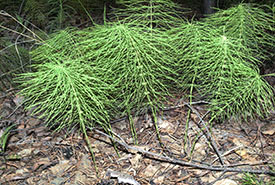
Shady horsetail (Photo by Elena Yalysheva CC BY-NC)
Alongside marshes and in forests and meadows lives a group of plants that are older than the dinosaurs. Called horsetails, these plants have had quite a trek through time. This group is also referred to as the Equisetum genus, a type of...
In the absence of nature
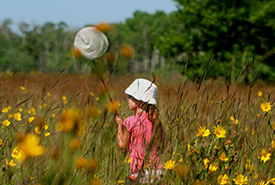
Child playing in nature (Photo by Cathy Shaluk)
I've become very familiar with the concept of cabin fever while at university. It is the week of final exams and I have studied for days, either at the library or at my dorm. Sitting among all the papers and study notes, I begin to feel antsy...
Sleepflying is the new sleepwalking: Species and their sleeping patterns
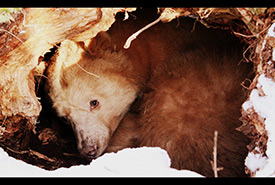
Grizzly bear cub denning (Photo by Sarah Whynne CC BY-NC 2.0)
Sleep. We all need it, and we all want more of it. Whether you’re an early riser or a night owl, sleep is an important part of human development and health. Sleep helps heal and repair your heart and blood vessels, and lack of sleep can...
Have no fear: Rational thinking is here
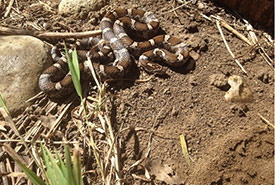
Milk snake (Photo by Jenna Siu/NCC staff)
I was recently hanging out with my four-year-old niece and talking about different animals. She asked me, “What’s your favourite animal?” I replied, “Butterflies and snakes.” At the word snakes, I could see her squirm...
Buzzing down the house: An update
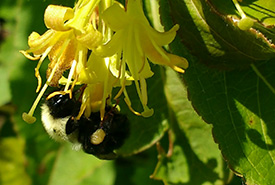
Bumble bee (Photo by Amanda Liczner)
This is an update to a post I wrote last year. The data has now been analyzed, and the results are ready for sharing. We commonly hear that bees are in decline and that we need to save them because they are important pollinators of crops and...
Native grassland is important habitat for grassland birds
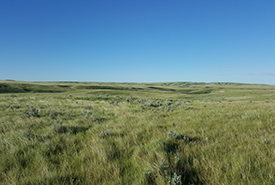
Native grassland (Photo by Sarah Ludlow/NCC staff)
Saying that native grassland is important habitat for grassland birds seems quite obvious. And you might think to yourself, “Of course grassland birds like grassland habitat; it’s right in the name!” The important point to note...
Beech leaf disease: A new problem for Ontario trees
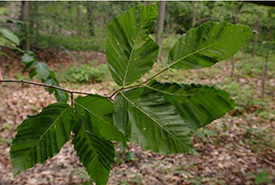
Early-stage leaf striping (Photo by John Pogacnik, Ohio Department of Natural Resources)
Beech bark disease began ravaging beech trees in Ontario in the late 1990s, after spreading west from Atlantic Canada. But recently, a new beech disease has emerged in the province. Beech leaf disease was first detected in North America in 2012 in...
Wetland contamination and turtle health
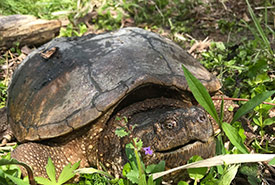
Snapping turtle (Photo by Pascale Bider)
Between oozing mud, mosquitoes the size of golf balls and strange-smelling water, wetlands may not seem to you or me like an appealing place to live. But for most of Ontario’s eight species of turtles, wetlands are an essential...
Restoration is super cool... literally!
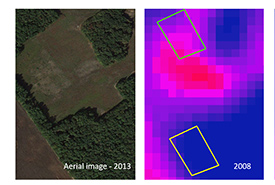
Left: An image of a restored field on an NCC property in 2013. Right: A thermal image of the same field taken in 2008. (Images by Google Earth and USGS Landsat 5)
Restoration of woodland begins with site preparation and seeding, but monitoring is needed after that to make sure the restoration stays on track for the next 40 plus years. This blog post explains the application of thermodynamic theory to the...

